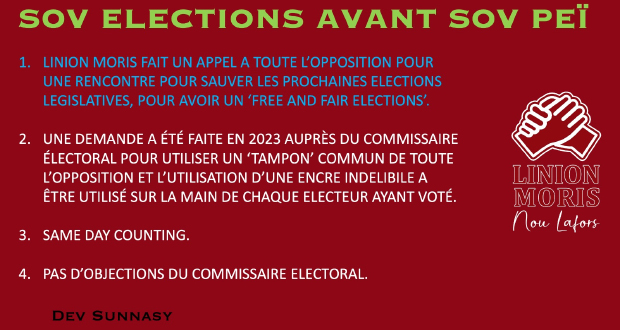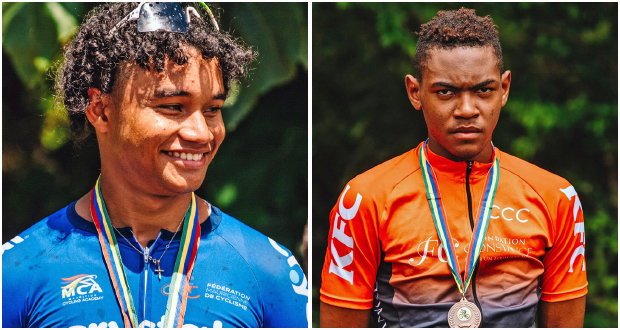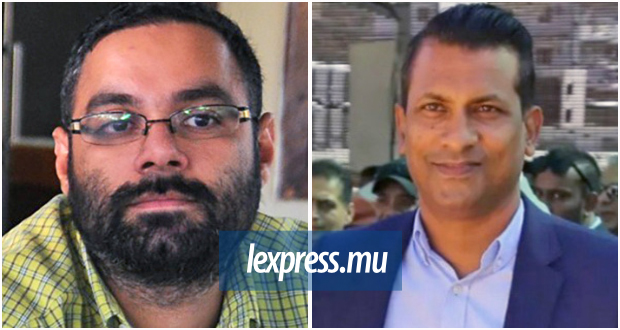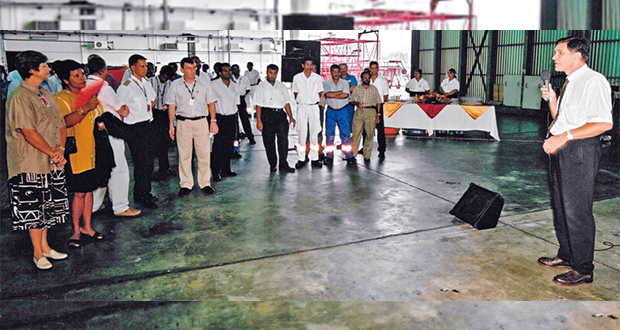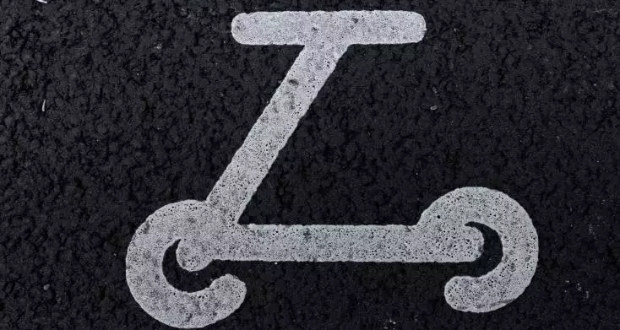Publicité
Rivière-des-Anguilles: The long road to the dam
Par
Partager cet article
Rivière-des-Anguilles: The long road to the dam

The new budget is dusting off the Rivière-des-Anguilles dam project, but this time with a much higher price tag of Rs9.4 billion for the dam and a water treatment plant. Since it was first floated in 2009, this project has witnessed a series of missed targets, inflated costs, and millions spent. L’express traces its history from the beginning.
The first steps
The current budget for 2021-2022 has announced an input of Rs9.4 billion into the construction of the Rivière-des-Anguilles dam project and a water treatment plant. However, the roots of this project stretch back over more than a decade. In May 2009, a feasibility study for which the government shelled out Rs22.5 million was completed identifying a dam, capable of holding 14 million m3, on Rivière-des-Anguilles.
It appeared as an ideal solution to meet water needs in the South of the island as well as part of the Black River district and was projected to meet growing water demand in these areas until 2050. The 2009 budget announced that the government planned to “increase water storage capacity from 74 to 97 million m3 with the implementation of the Bagatelle Dam and Rivière-des-Anguilles dam projects”.
The then-Labour led government set a target to complete the dam project by the end of 2014, its cost estimated at Rs2.5 billion with another Rs900 million for a water treatment plant. Meanwhile, the government spent at additional Rs6.8 million in design, cost estimates and further financial analyses as well as bidding documents for the project, which were completed by May 2011. Another Rs12.8 million was spent on geological studies in the area, which finished in February 2010.
The project was once again announced in the 2010 budget, at an estimated cost of Rs2.5 billion. In September 2010, the Central Procurement Board floated bids for consulting firms to review the design of the dam and oversee its construction. An Environmental Impact Assessment report for the project was completed in October 2010. On March 22, 2011, the then-minister of Energy and Public Utilities, Rashid Beebeejaun, told parliament that “the construction of the dam would be completed by mid-2015”.
However, things did not pick up. Although the EIA licence for the dam project was issued in July 2011, it turned out that only one Chinese state-owned firm was ready to construct the dam. Once again, the project was reiterated in the 2011 budget, except this time, the price tag of the dam had ballooned from Rs2.5 billion to Rs3.2 billion.
2012-2014

2012 raised some hopes for the project finally taking off. In March that year, the then-government awarded the contract to review the design and supervise the construction of the dam to the same firm that was engaged in the Bagatelle dam project.
The 2012 budget once again figured the dam as a major public infrastructure project – this time with a price tag of Rs3.3 billion. The dam at Rivière-des-Anguilles would be a 55m high and 2km long rockfill dam. By then, the government had succeeded in getting foreign lenders to help finance the dam. The government had approached the Agence Française de Développement (AFD, with the AFD putting in 66 percent of the cost and the Mauritian government the remaining 34 percent.
In September 2012, the then-Mauritian government officially signed an agreement with the AFD for a Rs2.5 billion loan facility, to be disbursed over six years between November 2012 and March 2018. Confident of foreign money to help finance the dam, talks began to acquire the land needed, including talks with the Mauritius Broadcasting Corporation over 13.4 arpents for a rock quarry, 6 arpents for a quarry site as well as compulsory acquisition procedures with landowners and planters in the region.
Things soon derailed, however. And that had to do with the Bagatelle Dam project. After the government’s own auditors and engineers pointed to problems in the design of Bagatelle Dam, the government had to bring in other geotechnical experts (spending another Rs1.5 million) with revisions to the design leading to the cost going from Rs3.33 billion to Rs5.65 billion. The government lodged a claim for damages of Rs935.7 million against the consultant.
Since the same consultant was also reviewing the design of the Riviere-des-Anguilles Dam, the problems of Bagatelle Dam ended up bringing the Rivière-des-Anguilles dam project to a halt as well. In August 2013, the consulting contract was terminated for the Rivière-des-Anguilles dam.
Although the 2013 budget once again mentioned it, nothing was really done for the rest of the year. The following year, in the 2014 budget, the government still planned on using the AFD money to help finance the dam; the AFD would lend Rs2.55 billion and the Mauritian government would spend Rs709 million.
In November 2014, the government floated a new tender for consultants to review its design and supervise its construction. This time, the new target for completing the dam was set for February 2020. And in March 2014, the government announced that the Rivière-des-Anguilles dam would now cost Rs4.5 billion – 80 percent over its original price tag of Rs2.5 billion.
The new management steps in
By the end of 2014, the Labour Party had fallen from power to make way for an MSM-led government, which accused its predecessor of sleeping on the Rivière-des-Anguilles dam file. In its first budget in 2015-2016, the new government once again resurrected the dam project.
This time, the dam would cost Rs3.62 billion, with the new government now promising that works on the dam would start in mid-2016 and would be completed by December 2020. With another Rs700 million for a water treatment plant at the dam to be completed at the same time.
Meanwhile, the bidding exercise for a new consultant to oversee the design and construction of the dam was coming to an end with 15 foreign firms bidding and nine being shortlisted. The file was sent to the Central Procurement Board, as well as to the Attorney General’s Office and the ministry of finance.
Regarding the land for the project, the government was still in talks with the Mauritius Broadcasting Corporation for land for the rock quarry over 13.4 arpents as well as the 6 arpents for the quarry site. Until now, the state had paid out Rs107 million to acquire land for the actual site of the dam, which it had compulsorily acquired in September 2012. However, according to the National Audit Report 2015-2016, the by the end of 2016, “the previous owners of the 331 arpents of land acquired by Government since September 2012 were still occupying the land for cultivation of sugar cane”.
2016 was spent wrangling over finalising the tender exercise over the consultant’s contract. The Central Procurement Board and the Attorney General’s Office both wanted the ministry of energy and public utilities, now headed by Ivan Collendavelloo, to confirm whether money had been budgeted by the finance ministry to pay the consultant. The finance ministry, headed by Vishnu Lutchmeenaraidoo, confirmed the funding for the consultant’s contract in May 2016.
Meanwhile, the government’s own estimates of how much they would pay the consultants had grown from an estimate of Rs260 million in October 2015 to Rs325 million by August 2016; a 25 percent increase. Towards the end of the year, the government now promised a new deadline for the dam. The new target? The end of 2021.
The fight over the consultant’s contract

2017 again provided a false hope for the start of the project. By now, the state had paid Rs174.8 million on the project. The Mauritius Broadcasting Corporation and other landowners whose lands were needed for quarrying to build the dam agreed to lease the land to the ministry of energy.
On 6 February 2017, the ministry asked for proposals to choose the consultant to oversee the design and construction of the dam. 13 firms had submitted their bids, and on March 8, 2017, the ministry took representatives of 12 of the bidders to visit the site. The bidders were composed of local firms partnering with a mix of Italian, French, Indian, Chinese, Turkish, Omani, Greek, and Iranian consulting companies.
However, the choice essentially boiled down to two bidders; the Italian firm Studio Pietrangeli and Somah Associates against the French firm Artelia Eau & Environnement, which partnered with Gibb (Mauritius) Ltd. On July 25, 2017, the Central Procurement Board told the energy and public utilities ministry that it had chosen Studio Pietrangeli and Somah for € 3.33 million and Rs 30 million.
That, however, led to another controversy. The other bidder in the running, Artelia and Gibb, went to the Independent Review Panel on August 14, 2017, and in hearings held on August 22 and 31, accused the Studio Pietrangli and Somah to be “abnormally low”, arguing that the Italian company lacked the expertise and experience to oversee the design and construction of the dam, pointing to two previous projects by the company in Seychelles – one to reduce nonrevenue water and another to rehabilitate a water treatment plant, both of which were terminated by the Seychellois government – as evidence. In its decision on September 14, 2017, the Independent Review Panel ruled that there was “no merit” in the challenge by Artelia and Gibb. On 15 January 2018, the contract was signed with the Italian company.
In the 2018-2019 budget, now presented by Prime Minister Pravind Jugnauth, who also held the finance portfolio, the Rivière-des-Anguilles dam project showed up once again. Still valued at Rs3.26 billion. Except this time, there was no foreign funding to tap into. Remember the AFD credit line of Rs2.5 billion that was offered back in November 2012 to help finance the building of the dam? That was supposed to be available until March 2018.
Well, when that deadline came and went, the AFD offer was gone. This was noted in the 2018 report of the Public Accounts Committee, which lamented that “funds were earmarked from l’Agence Française de Développement at a preferential rate in 2012 and that the major delays in the implementation of the project caused those facilities to lapse”. It went on to add that it “has not been convinced by the justifications provided by officers of the ministry as regards the major shortcomings and long delays in the implementation of the project”.
The Italian consultant came up with a first report on September 11, 2018 and it got paid a tranche of Rs5.8 million. Another Rs4 million went to the Mauritius Meteorological Service for weather data.
With the government now preparing new tenders for two geophysical and geotechnical studies that the consultant’s first report estimated would cost the government Rs14.3 million and Rs19.1 million.
So far, the state had shelled out Rs184.6 million with little to show for it. On March 26 , 2019, Ivan Collendavelloo was telling parliament that the Italian firm would provide new estimates for the dam project in 2020 and that “the works contract is expected to be awarded by mid-2020 and the works are expected to start by end 2020”.
And the new estimates by the Italian company were not slow in coming. In the budget 2020- 2021, the Rivière-des-Anguilles dam came up once more, but this time with a new price tag: Rs7.5 billion for the dam itself and more money slated for the water treatment plant. From Rs2.5 billion, the cost of the dam had now ballooned to Rs7.5 billion. By this time, successive governments had thrown Rs213.1 million into this project. This time, the government promised to complete the dam by the end of 2024.
Later in the year, in November 2020, the Public Accounts Committee pointed out, “it is important to note that apart from the Bagatelle dam project, started in December 2011, no other dam project has been implemented, the enlargement of the Nicolière dam and the new Rivière-des-Anguilles dam projects are yet to start.”
And now once again, like in every budget since 2009, the new 2021-2022 budget promises to finally deliver the dam. It has been a long road to this point, and only time will tell whether we will see the dam materialize anytime soon.
Publicité
Les plus récents
